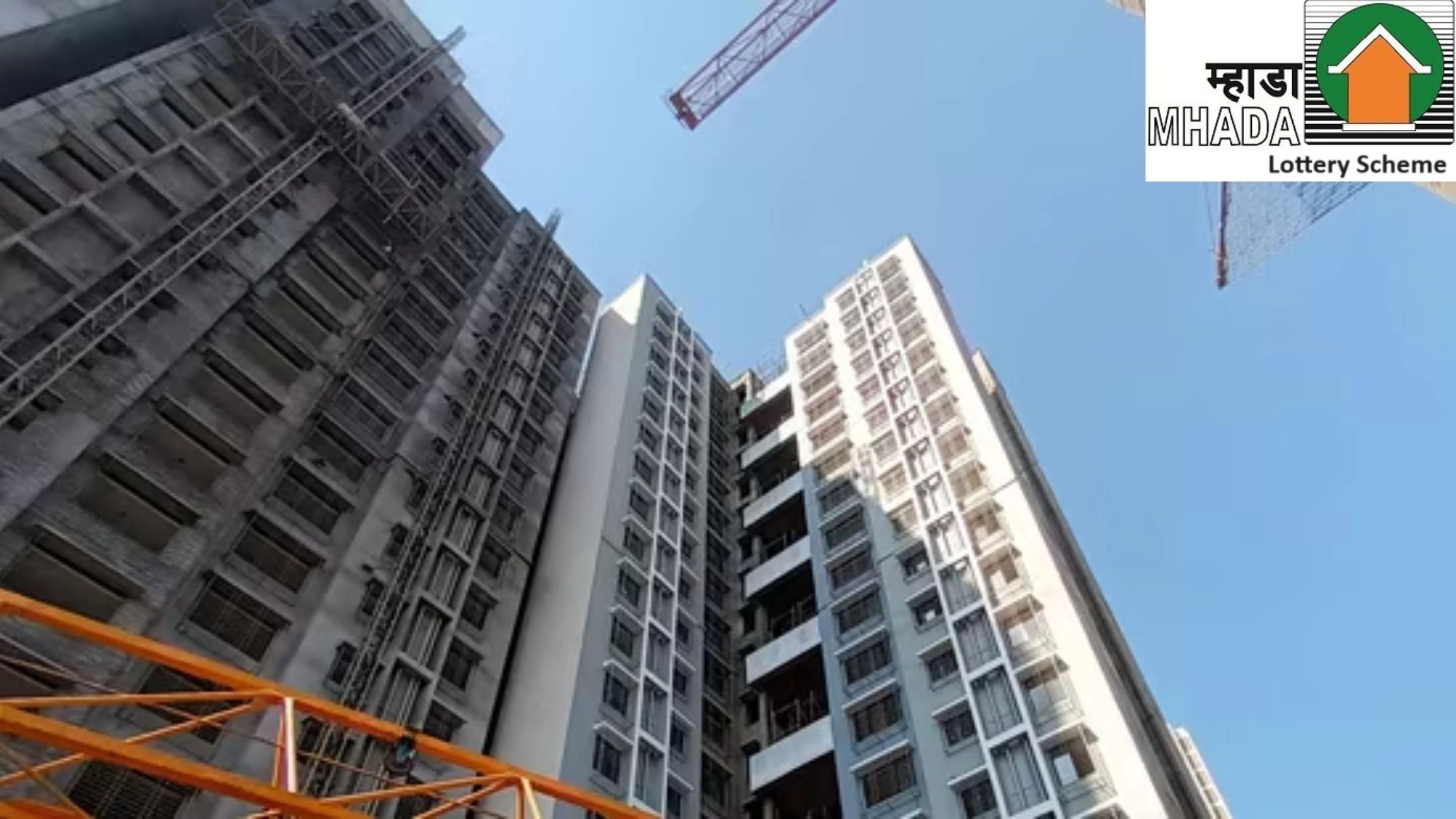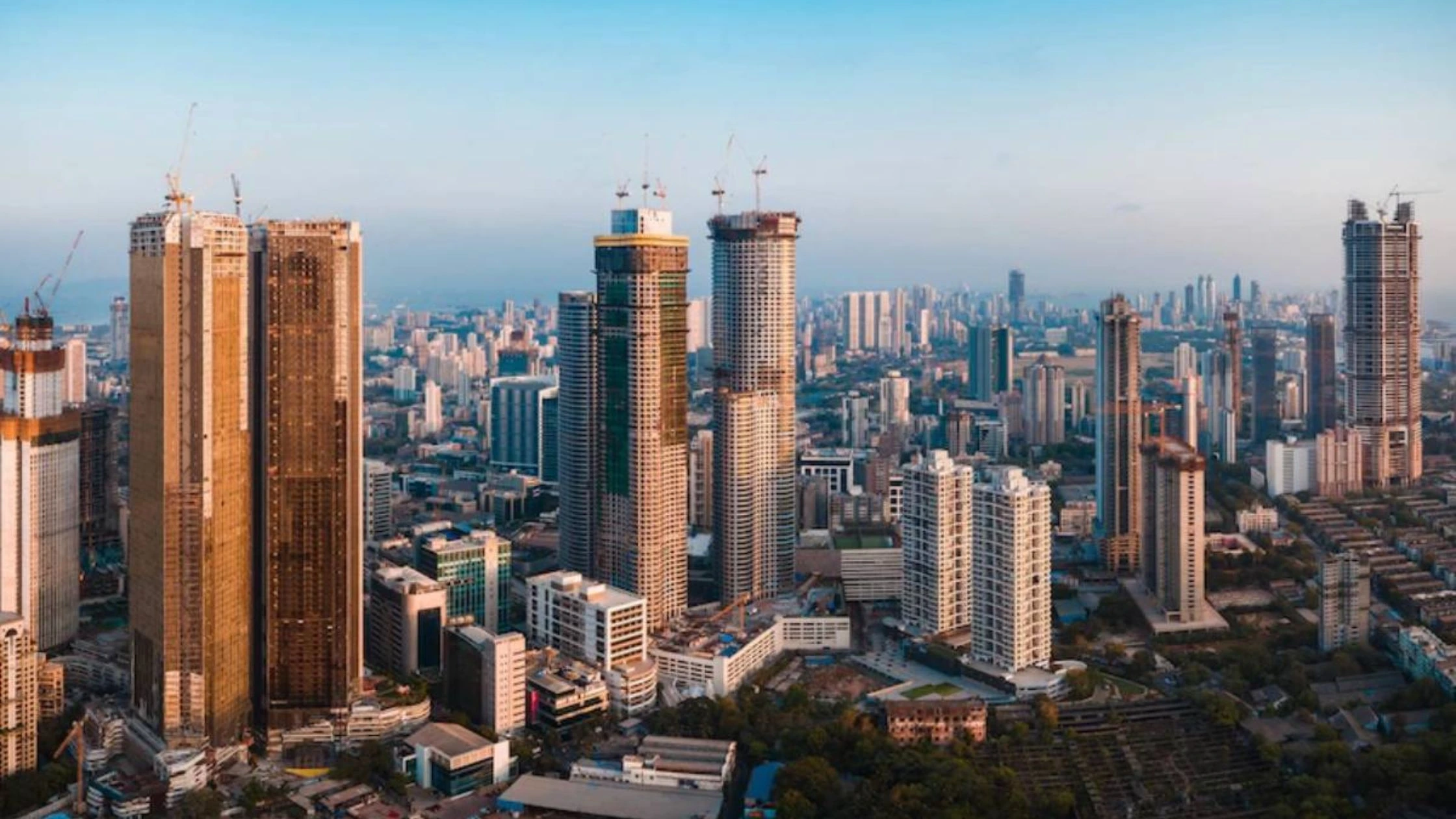Table of Content
When entering the real estate market, many buyers and investors ask: Builder’s Floor vs Multi-Storey Apartment Building what's the difference? We'll break down the key differences of each type of property in this article. We will look at ownership, management, design, cost and lifestyle – and give you a solid guide to make an informed decision.
Introduction
The phrases "builder's floor" and "multi-storey apartment" are frequently used interchangeably, but it is very important for both homebuyers and investors to know the difference between Builder's Floor vs Multi-Storey Apartments. The guide provides an overview of the main differences to help you decide which option fits best with your lifestyle, budget and long-term investment goals.
Also Read: Retail Leasing in India Grows 55% in Q1 2025, Hyderabad Leads the Way
Understanding the Concepts
What is a Builder’s Floor?
- Definition: A builder’s floor refers to a single-floor unit in a multi-storey building, typically managed directly by the developer.
- Key Attributes:
- Often occupies an entire floor or a significant part of one.
- Offers greater autonomy in managing the unit.
- Usually has fewer restrictions on customization.
- Ideal For: Buyers looking for more privacy, flexibility in design, and a relatively affordable option in urban settings.
What is a Multi-Storey Apartment?
- Definition: A multi-storey apartment is part of a larger residential complex managed by a homeowners’ association (HOA).
- Key Attributes:
- Consists of multiple units spread across several floors.
- Provides a host of shared amenities like gyms, pools, and security.
- Governed by strict rules that maintain uniformity in appearance and services.
- Ideal For: Buyers who prefer a community living experience with modern facilities and enhanced security.
Key Differences Between Builder’s Floor vs Multi-Storey Apartments
1. Ownership and Management
- Builder’s Floor:
- Typically owned outright by the individual or family, offering more independence.
- Minimal external management, leading to fewer restrictions on modifications.
- Multi-Storey Apartment:
- Managed collectively by an HOA, which governs common areas.
- Standardized maintenance and shared facilities; rules apply to all residents.
2. Cost and Price Dynamics
- Builder’s Floor:
- Generally more affordable due to lower maintenance fees and fewer communal amenities.
- Offers cost-effective options for first-time buyers.
- Multi-Storey Apartment:
- Often priced higher due to premium facilities and amenities.
- May incur higher monthly maintenance charges.
3. Amenities and Lifestyle
- Builder’s Floor:
- Provides essential amenities with a focus on privacy.
- Suits buyers who prefer an independent living space.
- Multi-Storey Apartment:
- Offers extensive amenities like clubhouses, swimming pools, and 24/7 security.
- Attracts buyers who value communal living and extra facilities.
4. Customization and Flexibility
- Builder’s Floor:
- Greater freedom to modify interiors and exteriors without needing HOA approvals.
- Multi-Storey Apartment:
- Limited customization due to building-wide regulations and shared spaces.
5. Investment and Resale Value
- Builder’s Floor:
- Can be attractive due to lower entry costs and faster occupancy.
- May have a steady resale value in markets with limited supply.
- Multi-Storey Apartment:
- Often enjoys higher resale value owing to upscale amenities and maintained infrastructure.
- Preferred by investors looking for luxury and secure long-term returns.
6. Privacy vs Community Living
- Builder’s Floor:
- Offers a higher level of privacy as the unit may occupy a full floor.
- Multi-Storey Apartment:
- Encourages community engagement with common spaces and shared facilities.
Also Read: Top 9 Construction Companies in Noida: Building the Future
Factors to Consider When Deciding
When weighing Builder’s Floor vs Multi-Storey Apartments, consider the following factors:
- Budget:
- Evaluate upfront costs, monthly maintenance fees, and potential hidden expenses.
- Lifestyle:
- Determine whether you value privacy and customization (builder’s floor) or community and luxury amenities (multi-storey apartment).
- Long-Term Investment:
- Analyze market trends in your desired location to gauge potential resale values and rental yields.
- Regulatory and Legal Aspects:
- Review the management agreements for multi-storey apartments and any restrictions on builder’s floors.
- Customization:
- Consider if you intend to personalize your living space significantly or prefer standardized interiors.
Pros and Cons Summary
|
Aspect |
Builder’s Floor |
Multi-Storey Apartment |
|
Ownership |
Greater independence and flexibility |
Collective management via HOA |
|
Cost |
Generally lower; fewer amenities |
Higher cost due to premium amenities |
|
Amenities |
Basic facilities; more privacy |
Extensive amenities and security |
|
Customization |
High customization freedom |
Limited modifications due to HOA rules |
|
Resale Value |
Steady value in niche markets |
Typically higher resale value in upscale markets |
|
Privacy vs Community |
More privacy, less communal interaction |
Emphasis on community living with shared services |
Conclusion
The choice between Builder's Floor and Multi-Storey Apartments is based on your own preferences, budget, and long-term investment plans. If you prefer privacy and customization, and are looking for entry into the market at a lower price point, a builder's floor will be a good option for you. If, on the other hand, you want all the amenities, want to be in a community, the lifestyle of living in a multi-storey apartment is more likely to be your style..
Take the time to evaluate these considerations, undertake thorough research, and contemplate the intricacies of each choice. With careful consideration to an informed decision, you can invest in a property that is not just a convenient fixture for the moment, but also a site that represents considerably significant long-term advantages.
Also Read: Legal Due Diligence for NRIs in Indian Real Estate: A Comprehensive Guide

_1743071521.webp)



_1764657403.webp)

_1764578993.webp)




Ans 1. Builder’s Floor vs Multi-Storey Apartments primarily differ in management: a builder’s floor offers direct ownership with minimal external management, while multi-storey apartments are managed by an HOA.
Ans 2. Builder’s floors typically offer more affordability due to lower maintenance fees and fewer shared amenities compared to multi-storey apartments.
Ans 3. A builder’s floor allows for greater personalization without HOA restrictions, while multi-storey apartments have limited customization due to standardized rules.
Ans 4. Consider whether you prefer privacy and independent living (builder’s floor) or community interaction with shared amenities (multi-storey apartment).
Ans 5. Multi-storey apartments often enjoy a higher resale value in upscale markets, thanks to their premium amenities and managed infrastructure.
Ans 6. Understanding the differences helps tailor your investment strategy by balancing affordability, lifestyle preferences, and long-term value appreciation.
Ans 7. es, builder’s floors may have fewer legal complications regarding common areas, whereas multi-storey apartments are subject to HOA regulations and shared responsibilities.
Ans 8. Builder’s floors provide more flexibility for renovations and customizations compared to multi-storey apartments, where changes often require HOA approval.